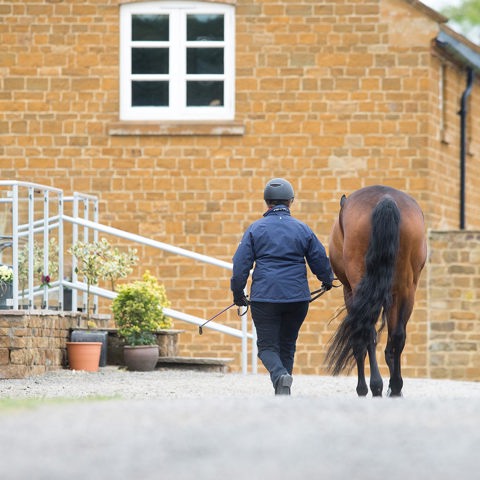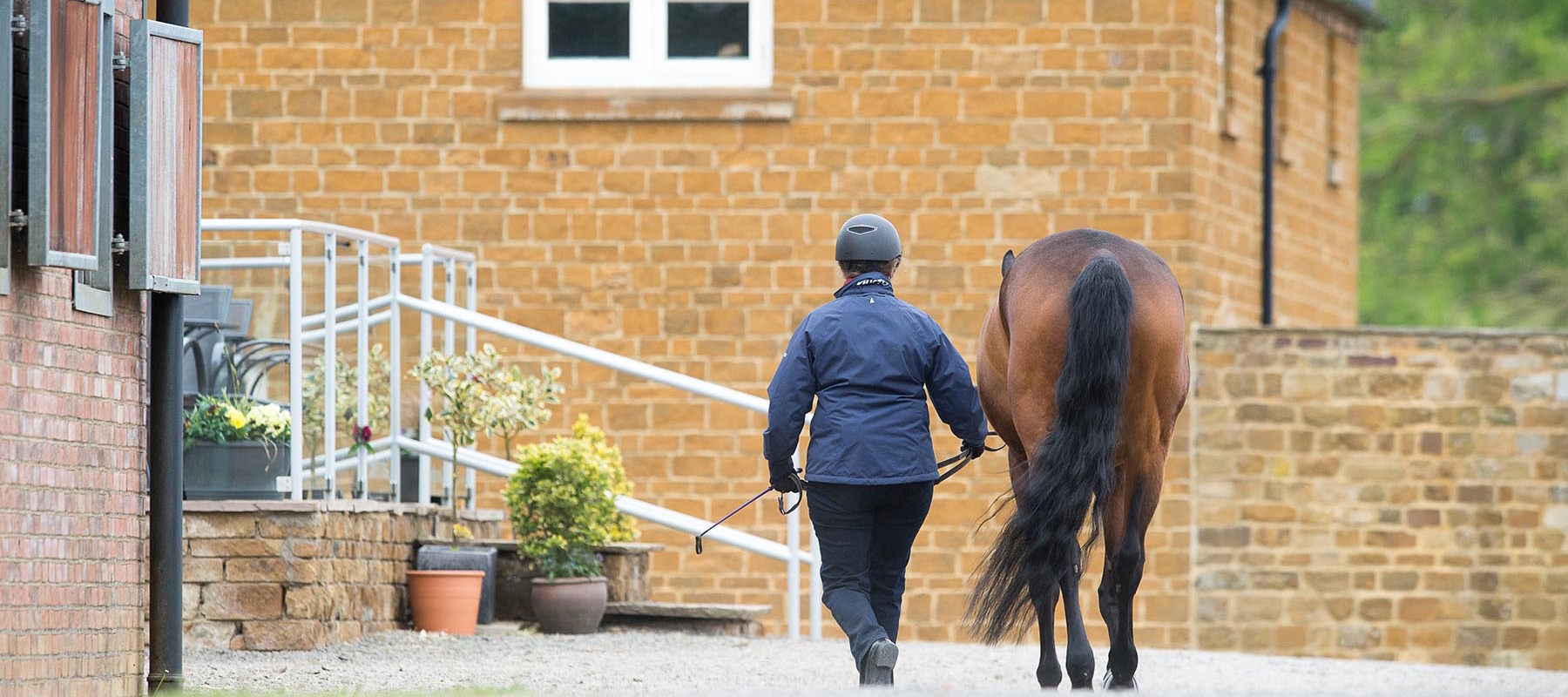A vetting might seem like a big additional cost, but it could save you a lot of money in the long run. If you’re buying a horse with a relatively modest purchase price, the cost of vetting might seem especially hard to justify - but remember that the cost of caring for a horse with underlying health problems can potentially add up to a much bigger figure.
If you’re planning to insure your horse against veterinary costs, insurance companies may request a copy of your vetting certificate.
Vetting considerations:
- Explain the purpose of your purchase to your vet. Are you are buying the horse to compete at a specific level in a certain discipline, or are you looking for a horse for recreational hacking use?
- To avoid conflicts of interest ensure you arrange the vetting yourself and use your own, or an independent, vet. Do not use the seller’s vet.
- The vet can only assess the condition of the horse on the day of the vetting. However, the vetting is likely to flag up any major issues that you might otherwise miss.
- X-rays are not included in the Stage 2 or 5 vetting, but these are often a consideration for riders
The differences between a Stage 2 and Stage 5 vetting
Stage 2
|
Stage 5
|
|
|
|
|
|
|
|
|
|
|
|
|
|
|
|
|
|
*A blood sample is usually stored for six months. Should any complaint arise, the sample can be tested to detect any substances that may have been used on the day to hide any health or temperament issues.1
References
chevron-down
chevron-up
- Royal Veterinary College. Pre-Purchase Examinations: https://www.rvc.ac.uk/equine-vet/practice/services-and-facilities/pre-purchase-examinations


